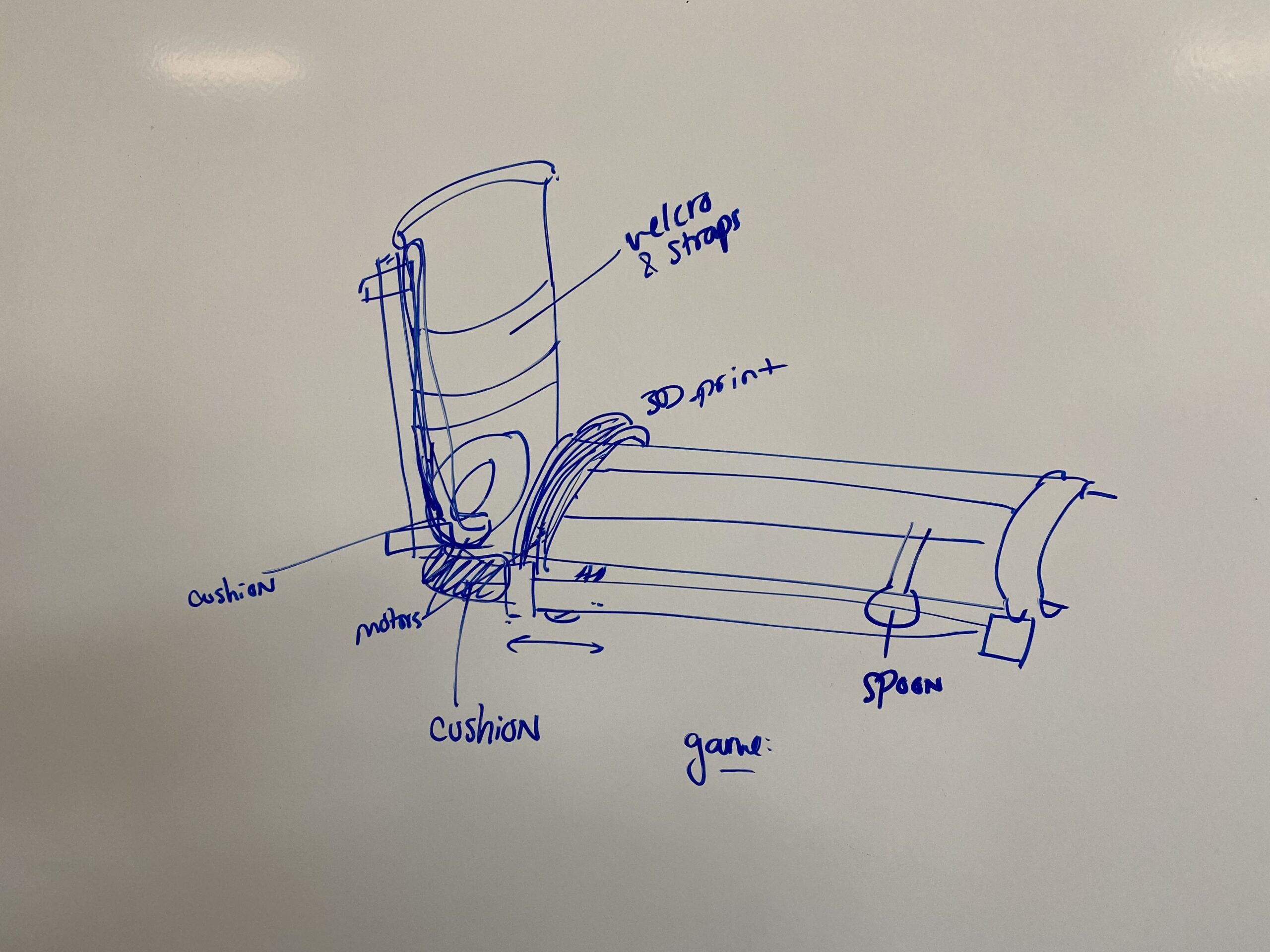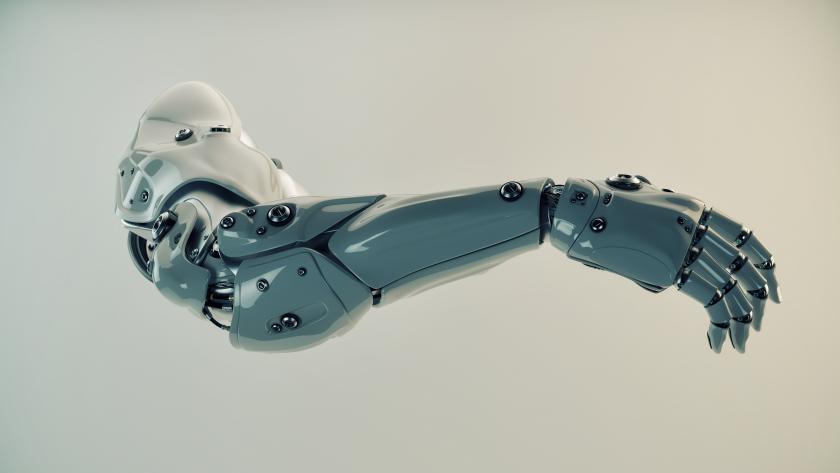Cerebral palsy (CP) is the most common motor disability to occur in childhood (Data and Statistics for Cerebral Palsy, 2022). CP is defined as having been caused by abnormal brain development or damage in the developing brain of a newborn child. While there are several subtypes of CP with symptoms varying depending on the disorder’s severity, it is often characterized by weakened muscles leading to an individual’s difficulty to balance and perform everyday activities. One type of unilateral CP is known as hemiplegia which causes paralysis on only one side of an individual’s body. Hemiplegia is usually characterized by poor muscle control, muscle stiffness, and weakness due to injury to an individual’s spinal cord or brain.
While there is no cure for a disorder such as hemiplegic CP, there are several ways that individuals can work to strengthen and gain better control of their affected muscles. One such way involves undergoing repetitive, passive rehabilitation exercise similar to that of physical therapy. In an article published in 2015, researchers reviewed several different types of potential intervention methods to assist in improved hand functions for children affected by hemiplegic CP. There were several different methods that ranged from current established medical and surgical interventions to utilizing elastic taping in order to help support and stabilize a certain part of an individual’s hand. In this way, the paper concluded that early intervention for the upper limb in hemiplegia still remains a challenging task; however, progress is able to be made. As our society’s technology continues to advance, there are many more avenues in which therapeutic methods for hemiplegia could be researched.
One such way involves the idea of mirror therapy, a commonly used therapy method for patients recovering from stroke, as individuals with hemiplegic CP have similar movement restrictions primarily on one side of their body. According to an article written by McMaster University in 2019, mirror therapy is a therapeutic treatment that utilizes a mirror to create the illusion that the arm or leg affected by the stroke is moving. The purpose of it is to help stroke patients regenerate the damaged neural networks of the brain that control limbs and other parts of the body (Shu-Wei Pu and Jen-Yuan Chang, 2019). While mirror therapy does have its benefits in helping to train the neural networks in an individual’s brain, and simulate the training of their impaired limbs, it does have its limitations as well. In an article published in 2012, researchers performed a systematic review about the effectiveness of mirror therapy. From their research and analysis, they concluded that while mirror therapy is helpful and does yield some beneficial results, the overall effectiveness of the therapy is moderate at best (Toh & Fong, 2012). In order for individuals with hemeplegic CP to gain the full benefits of mirror therapy, there needs to be a way for them to exercise their arm through repeated movement rehabilitation.
In this way, researchers are currently looking for a way to improve the benefits of mirror therapy. One such way that has been identified after further research into the topic is by designing, building, and integrating exoskeletons into this therapeutic process. In another article published in 2012, researchers compared the effectiveness of 3D, assist-as-needed robotic arm/hand movement training to conventional tabletop therapy. Their results showed that robotic-assisted training for therapy did yield improved results in the patients compared to the conventional table top therapy (Reinkensmeyer et al., 2012).
In regards to this, this project is a combination of conventional mirror therapy and 3D, assist-as-needed robotic arm to create an exoskeleton that can be utilized by children that are affected by hemiplegic CP, better referred to as a robotic mirror therapy method.




Recent Comments